The Civil Rights Movement in America is often thought of as a struggle confined to the South, yet the reality is far more complex. From Boston to Montgomery, San Francisco to New York, opposition to racial equality spanned the entire country. While many Americans celebrate the victories of the movement, it is equally important to recognize the violent and organized resistance that sought to maintain segregation and white supremacy. This article uncovers the dark side of the fight for civil rights, shedding light on the widespread and enduring opposition that continues to shape our society today.
Bombingham: The Terror of Dynamite Hill and Segregated Neighborhoods
In Birmingham, Alabama, a city notorious for its violent history of racial intolerance, Black families faced immense terror. After Black families began moving into traditionally white neighborhoods along Center Street in the late 1940s, the city earned its nickname “Bombingham.” The Ku Klux Klan, emboldened by a government that often turned a blind eye, began bombing Black homes in the area, targeting civil rights lawyers and activists.
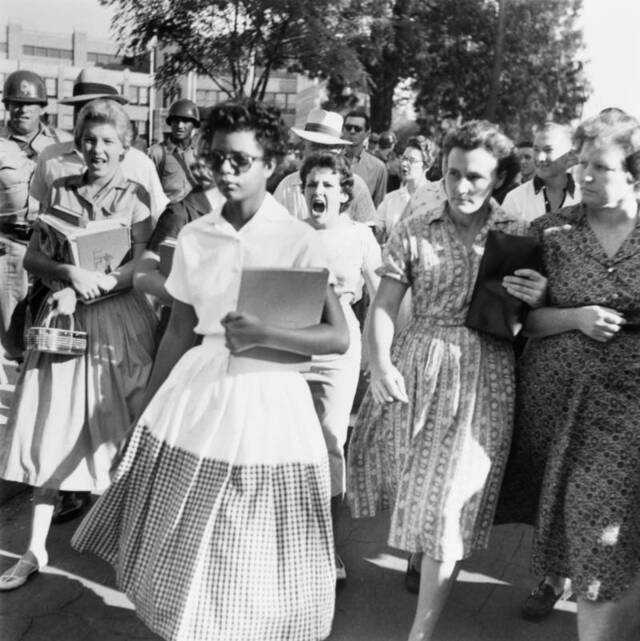
Center Street, once just a line dividing the city’s Black and white populations, became known as “Dynamite Hill.” For years, 40 bombings went unsolved, striking fear into those who sought equality. The sheer violence of these acts made it clear that the white supremacist forces would stop at nothing to maintain segregation, and the ripple effects of such brutality were felt nationwide.
Video
Watch rare video footage of the historic 1965 Alabama Civil Rights marches and MLK’s famous Montgomery speech.
The Nationwide Racial Violence: Cicero, Philadelphia, and Beyond
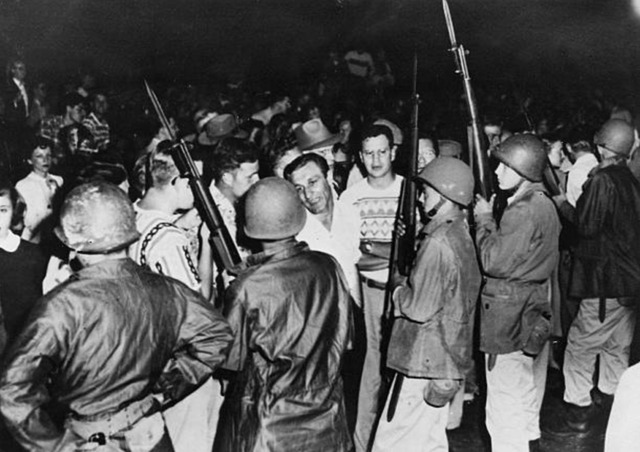
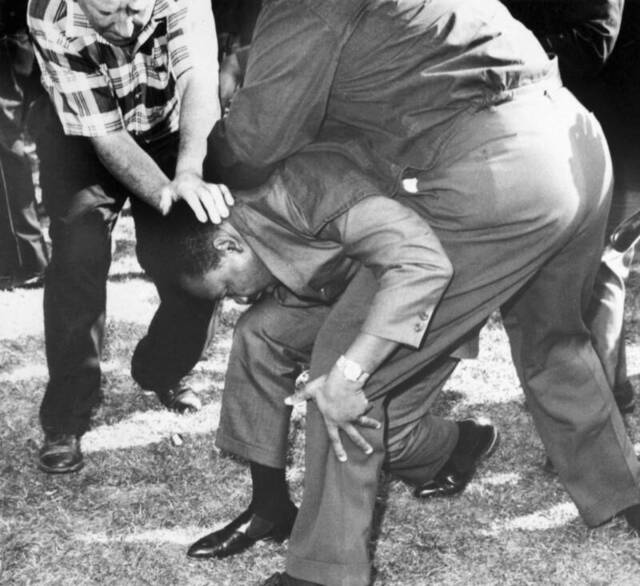
Bombings were not confined to the South. As Black families moved to integrate neighborhoods across the country, they faced violent resistance. In Cicero, Illinois, for instance, the attempted move of a single Black family into an all-white neighborhood sparked a riot involving 4,000 white protesters in 1951.
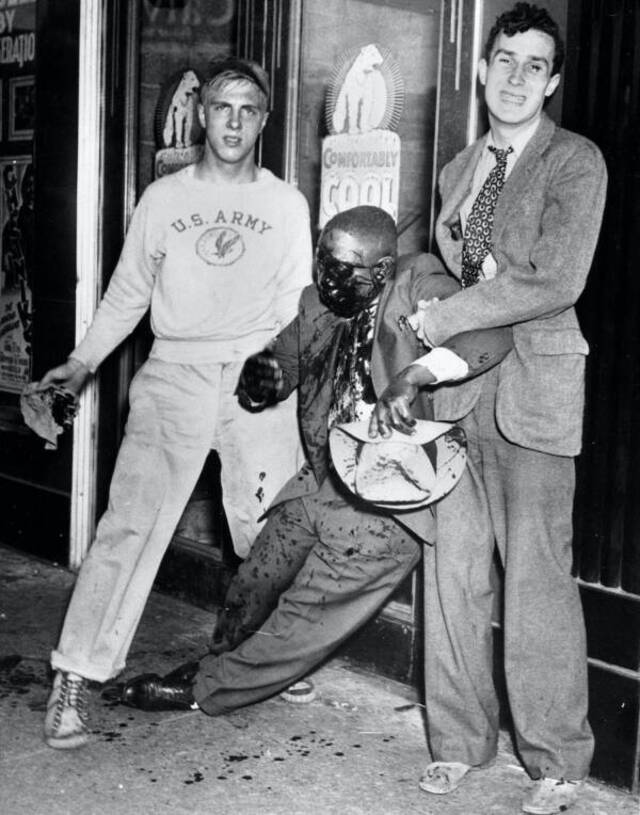
The mob not only assaulted the family but tore apart their home, ultimately firebombing the building. In cities like Philadelphia and Los Angeles, similar incidents took place, with attacks on Black families who tried to escape segregated districts. The widespread violence was a grim reminder that racism was not just a southern issue but a nationwide problem.
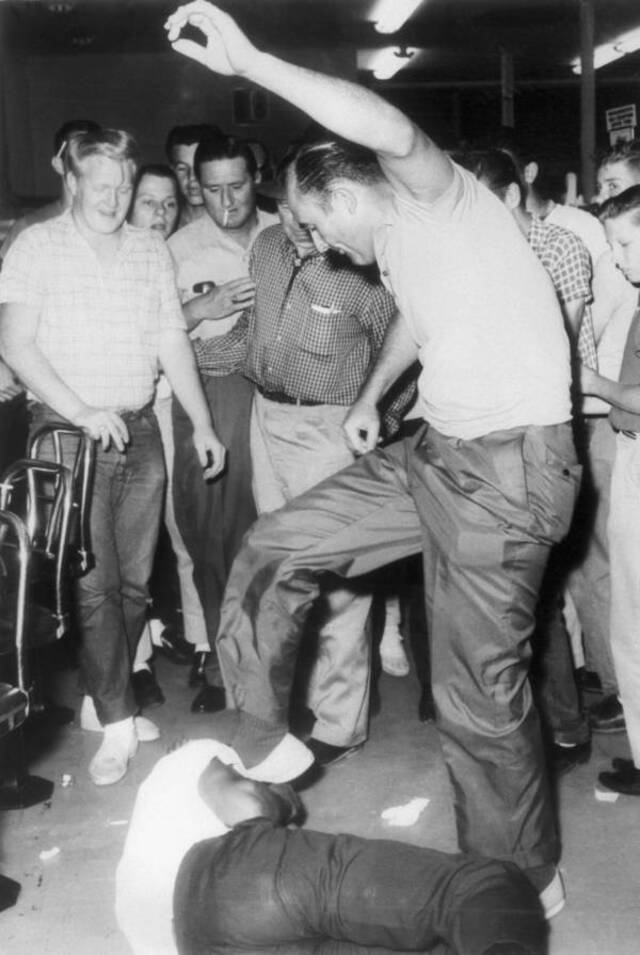
White Resistance to School Integration: A Bitter Battle for Equality

One of the most significant flashpoints of the civil rights struggle occurred in schools. Despite the Supreme Court ruling that segregation in public schools was unconstitutional in 1954, many white communities continued to resist desegregation.
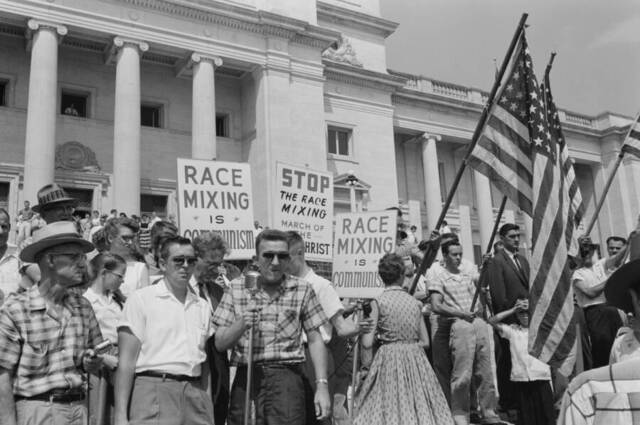
In Little Rock, Arkansas, the infamous “Little Rock Nine” attempted to integrate Central High School in 1957, only to be met with angry mobs, racist threats, and physical intimidation. White students refused to attend school with Black students, and the city even closed its high schools in 1958 to avoid integration altogether. As desegregation efforts gained traction, white flight—where white families moved to private or suburban schools—became common across the nation.
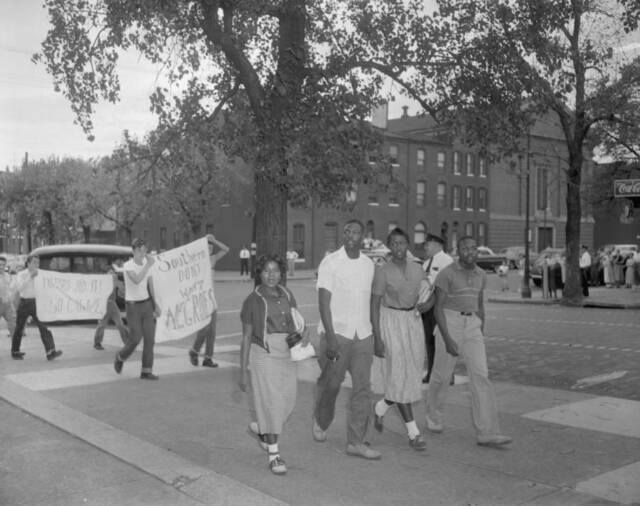
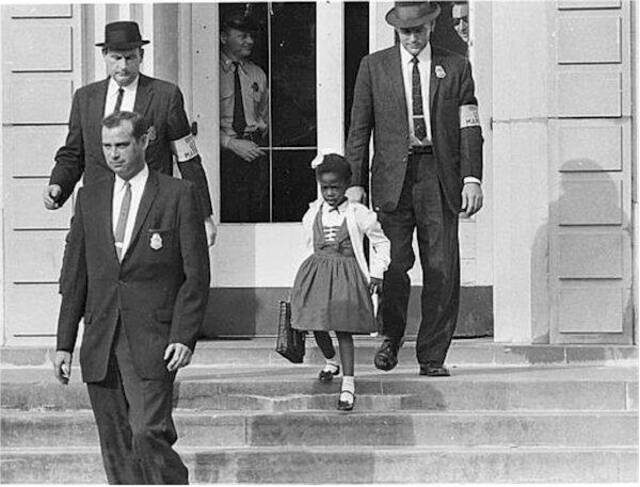
The White Citizens’ Councils: Organized Resistance to Integration
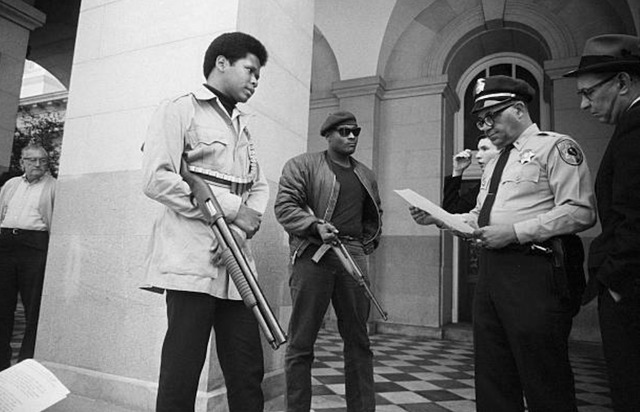
The White Citizens’ Councils were one of the primary forces organizing against desegregation, particularly in the South. These councils, often made up of prominent local leaders, businesses, and political figures, wielded significant power in communities, using economic and social pressure to suppress Black residents’ civil rights.
The members of these councils worked to maintain segregation through tactics like boycotting integrated businesses, intimidating Black voters, and promoting racist ideologies in the public sphere. While the Klan used violence, the White Citizens’ Councils operated in more insidious ways, making them an equally dangerous part of the anti-civil rights movement.
Terrorism and Violence: The Role of the Ku Klux Klan in Opposing Civil Rights
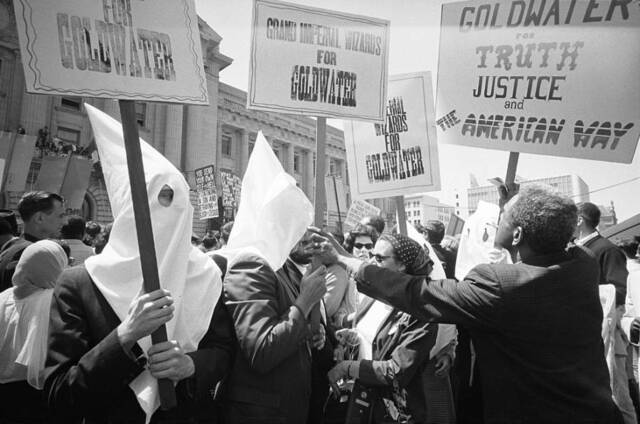
The Ku Klux Klan (KKK) played a key role in the anti-civil rights movement, using violent tactics to intimidate and kill Black activists and their allies. The Klan bombed homes, churches, and schools in an effort to terrorize Black communities and prevent integration.
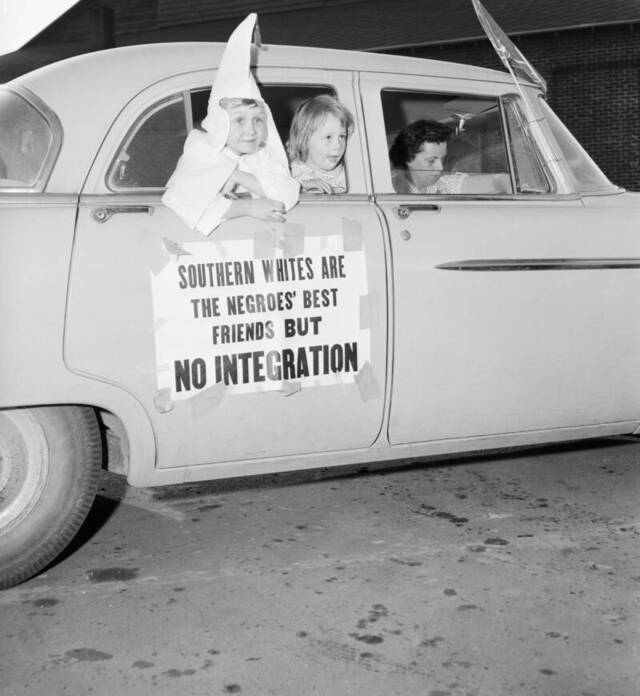
Perhaps one of the most horrific episodes occurred in 1964, during the Freedom Summer, when three civil rights workers—Andrew Goodman, James Chaney, and Michael Schwerner—were murdered by Klan members in Mississippi. This brutal crime highlighted the level of violence that civil rights activists faced in their quest for equality. The Klan’s reign of terror was felt across the South, but its reach extended to Northern cities as well.
Northern Resistance: Boston’s Infamous School Busing Crisis
While many associate racial resistance with the South, the North was not immune. In the 1970s, Boston became a battleground for school desegregation when a court-ordered busing plan sought to integrate the city’s schools. The result was violent protests, with white residents attacking Black students who were bussed into previously all-white schools.
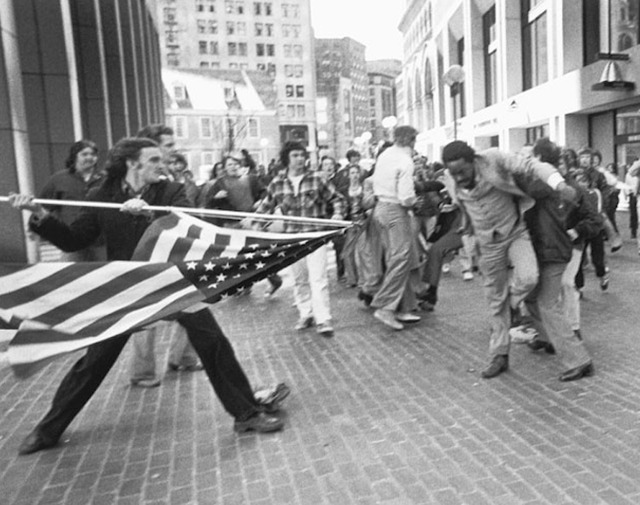
The protests culminated in the infamous “Soiling of Old Glory” photograph, which captured a white man attacking a Black lawyer with a flagpole during a protest in 1976. Despite the clear evidence of racial hatred, the battle over busing lasted well into the 1980s, reflecting the deep-seated resistance to integration in Northern cities.
The Legacy of the Anti-Civil Rights Movement
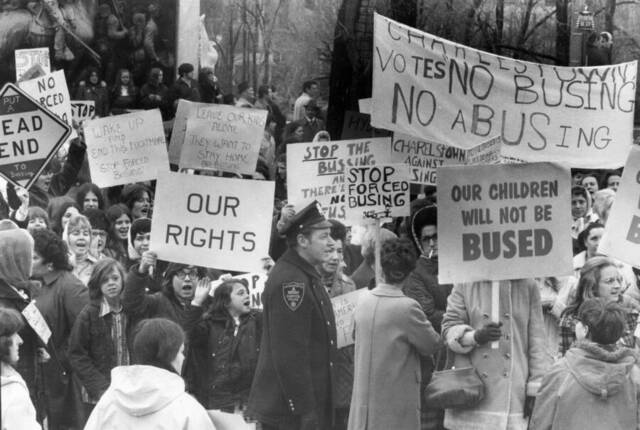
Although the 1960s and 1970s saw significant progress for the Civil Rights Movement, the opposition did not simply fade away. The anti-civil rights movement adapted and evolved, taking on new forms of resistance. In the 1980s, neo-Nazi and Ku Klux Klan groups began to resurge, organizing rallies and promoting white supremacy across the country.
The push for “states’ rights” became a code for resisting federal civil rights legislation, while voter suppression tactics were increasingly used to disenfranchise Black Americans. Though the most overt forms of resistance diminished, the struggle for racial equality continued, as Black Americans were still fighting to overcome segregation in housing, education, and the workplace.
A Shift in Tactics: Voter Suppression and Re-segregation in the Post-Civil Rights Era
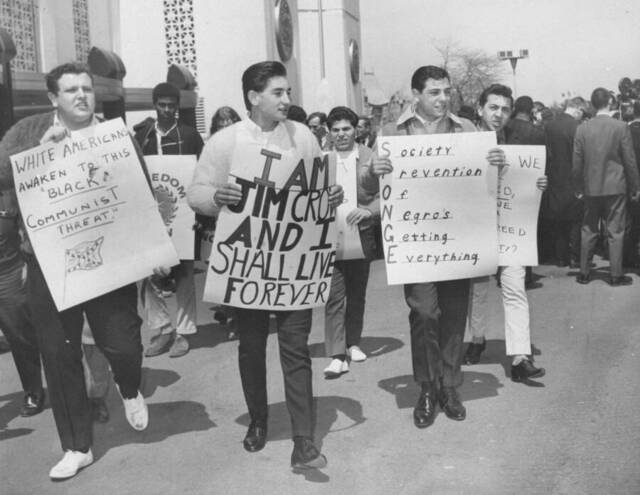
One of the most insidious tactics that emerged after the Civil Rights Movement was voter suppression. With the increased political participation of Black Americans, especially after the Voting Rights Act of 1965, new methods were devised to curb this newfound power. Voter ID laws, gerrymandering, and purging of voter rolls became common practices in the 1980s and beyond. These tactics were designed to undermine the political influence of Black voters and prevent them from having a say in elections. Similarly, residential segregation continued to plague cities across the nation, as policies like redlining and exclusionary zoning kept Black families isolated in underfunded neighborhoods with limited opportunities.
A Resurgence of White Supremacy: Neo-Nazis and the Ku Klux Klan in the 1980s
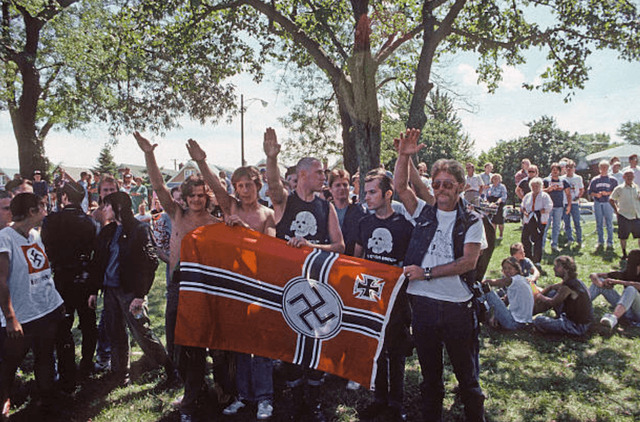
The 1980s saw the resurgence of white supremacy groups, with neo-Nazis and the Ku Klux Klan holding rallies and gaining media attention. These groups found fertile ground in places like Marquette Park in Chicago, where racial tensions were high. Their message was clear: Black Americans had no place in “white” America. The resurgence of these hate groups was a stark reminder that the fight for civil rights was far from over.
Re-segregation through Policy: The Impact of School and Housing Segregation
Despite the legal victories of the Civil Rights Movement, the battle against segregation continued in more subtle forms. In the 1980s and beyond, the American political system saw a shift towards policies that further entrenched racial segregation. In housing, practices like redlining and discriminatory lending kept Black Americans confined to segregated neighborhoods. In education, the fight for “neighborhood schools” was used as a guise for re-segregation, with affluent white communities pushing to keep their schools exclusively white. These policies ensured that the legacy of segregation lived on long after the Civil Rights Act of 1964.

Video
Watch the video “Civil Rights and the 1950s: Crash Course US History #39” for an in-depth look at this pivotal era.
Conclusion: The Lasting Impact of the Anti-Civil Rights Movement
The anti-civil rights movement may have evolved, but its legacy persists. The resistance to racial equality, though less overt today, continues to shape American society. From voter suppression to housing discrimination, the challenges of the past remain embedded in the present. As the fight for racial justice continues, it’s crucial to remember the history of opposition that helped create the systemic barriers still faced by Black Americans. The struggle for equality is not over, and the lessons of the past must continue to inform the work needed to create a truly just society.



